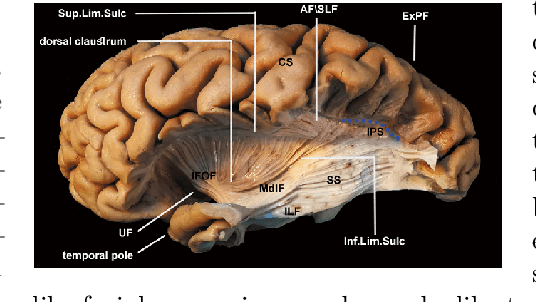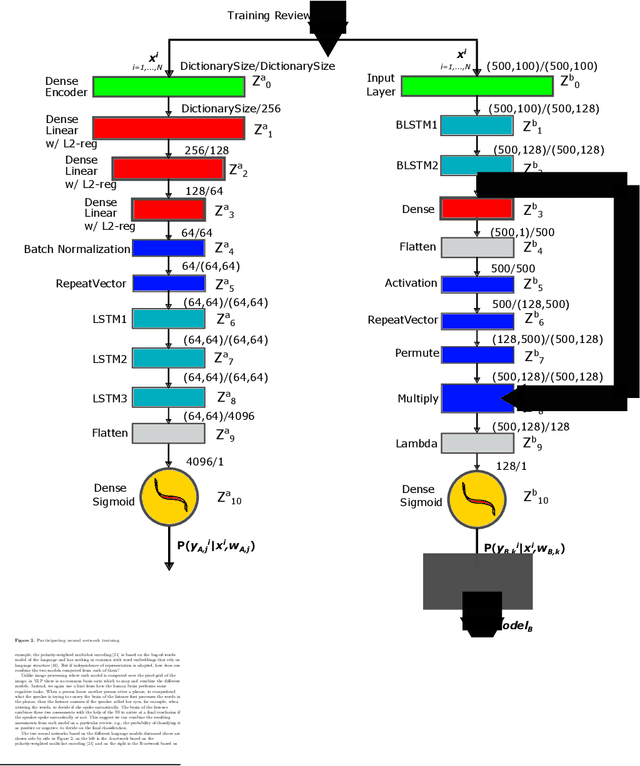Munawar Hasan
Department of Computer Science, IIIT-Delhi, India
Meta learning with language models: Challenges and opportunities in the classification of imbalanced text
Oct 24, 2023Abstract:Detecting out of policy speech (OOPS) content is important but difficult. While machine learning is a powerful tool to tackle this challenging task, it is hard to break the performance ceiling due to factors like quantity and quality limitations on training data and inconsistencies in OOPS definition and data labeling. To realize the full potential of available limited resources, we propose a meta learning technique (MLT) that combines individual models built with different text representations. We analytically show that the resulting technique is numerically stable and produces reasonable combining weights. We combine the MLT with a threshold-moving (TM) technique to further improve the performance of the combined predictor on highly-imbalanced in-distribution and out-of-distribution datasets. We also provide computational results to show the statistically significant advantages of the proposed MLT approach. All authors contributed equally to this work.
Can you tell? SSNet -- a Sagittal Stratum-inspired Neural Network Framework for Sentiment Analysis
Jun 23, 2020



Abstract:When people try to understand nuanced language they typically process multiple input sensor modalities to complete this cognitive task. It turns out the human brain has even a specialized neuron formation, called sagittal stratum, to help us understand sarcasm. We use this biological formation as the inspiration for designing a neural network architecture that combines predictions of different models on the same text to construct a robust, accurate and computationally efficient classifier for sentiment analysis. Experimental results on representative benchmark datasets and comparisons to other methods1show the advantages of the new network architecture.
Multi-lane Detection Using Instance Segmentation and Attentive Voting
Jan 01, 2020



Abstract:Autonomous driving is becoming one of the leading industrial research areas. Therefore many automobile companies are coming up with semi to fully autonomous driving solutions. Among these solutions, lane detection is one of the vital driver-assist features that play a crucial role in the decision-making process of the autonomous vehicle. A variety of solutions have been proposed to detect lanes on the road, which ranges from using hand-crafted features to the state-of-the-art end-to-end trainable deep learning architectures. Most of these architectures are trained in a traffic constrained environment. In this paper, we propose a novel solution to multi-lane detection, which outperforms state of the art methods in terms of both accuracy and speed. To achieve this, we also offer a dataset with a more intuitive labeling scheme as compared to other benchmark datasets. Using our approach, we are able to obtain a lane segmentation accuracy of 99.87% running at 54.53 fps (average).
 Add to Chrome
Add to Chrome Add to Firefox
Add to Firefox Add to Edge
Add to Edge